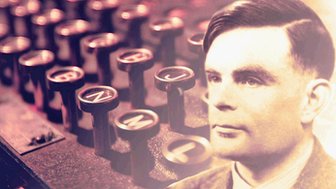Romania profile

The largest of the Balkan countries, Romania has dramatic mountain scenery and a coastline on the Black Sea.
It has seen numerous empires come and go from the Roman, to the Ottoman, to the Austro-Hungarian.
After World War II the country was under communist rule although the leadership pursued a foreign policy independent of that of the Soviet Union.
Romania, a slower developer than other former communist countries of eastern Europe, took a major step away from its past when it was one of seven countries to join Nato in late March 2004. Its strategic location and Black Sea air and naval bases make it attractive to the alliance.
 Romania joined the European Union in 2007
Romania joined the European Union in 2007
At a glance
- Politics: Traian Basescu has been president since 2004. In May 2012, Victor Ponta became Romania's third prime minister in less than six months. He leads a centre-left government
- Economy: After years of growth, Romania was hit by the global financial downturn. In 2010, it implemented austerity measures demanded in an IMF-led bailout
- International: Romania joined Nato in 2004 and the EU in 2007
Country profiles compiled by BBC Monitoring
There have been several complex exchanges of territory over the years, not least when the area formerly known as Bessarabia went to the USSR following a pact between Hitler and Stalin. That region now forms a large part of the Republic of Moldova. Romanian, a Romance language, is essentially the same as Moldovan although the latter has undergone more influence from Russian.
The legacy of communist-era leader Nicolae Ceausescu, who was feared and loathed in approximately equal measure, lingered long after the uprising which brought his execution on Christmas Day 1989.
Former communists dominated politics until 1996 when a centrist government came to power. It became involved in prolonged political feuding which did little or nothing to promote economic reform. The left returned in 2000 when Ion Iliescu was re-elected president.
Failure to push ahead sufficiently with reforms meant that the country was not on the list of new EU members four years later. However, in April 2005 Bucharest signed the EU accession treaty, paving the way for Romania eventually to join the union in January 2007.
The Romanian economy suffered badly in the global financial crisis of 2008, prompting the government to launch a draconian austerity programme in 2010. This led to major street rallies and clashes with police in January 2012, which brought down the government of Prime Minister Emil Boc.
 Parliament Palace, constructed at the time of dictator Nicolae Ceausescu, is reputed to be the world's second largest building after the Pentagon in the United States
Parliament Palace, constructed at the time of dictator Nicolae Ceausescu, is reputed to be the world's second largest building after the Pentagon in the United States


 Greek PM to reveal new cabinet
Greek PM to reveal new cabinet Syria jet pilot defects to Jordan
Syria jet pilot defects to Jordan Art of rejection
Art of rejection The cult of TED
The cult of TED Changed by Bali
Changed by Bali Through a lens
Through a lens Alan Turing: Man and myth
Alan Turing: Man and myth Talking Movies
Talking Movies